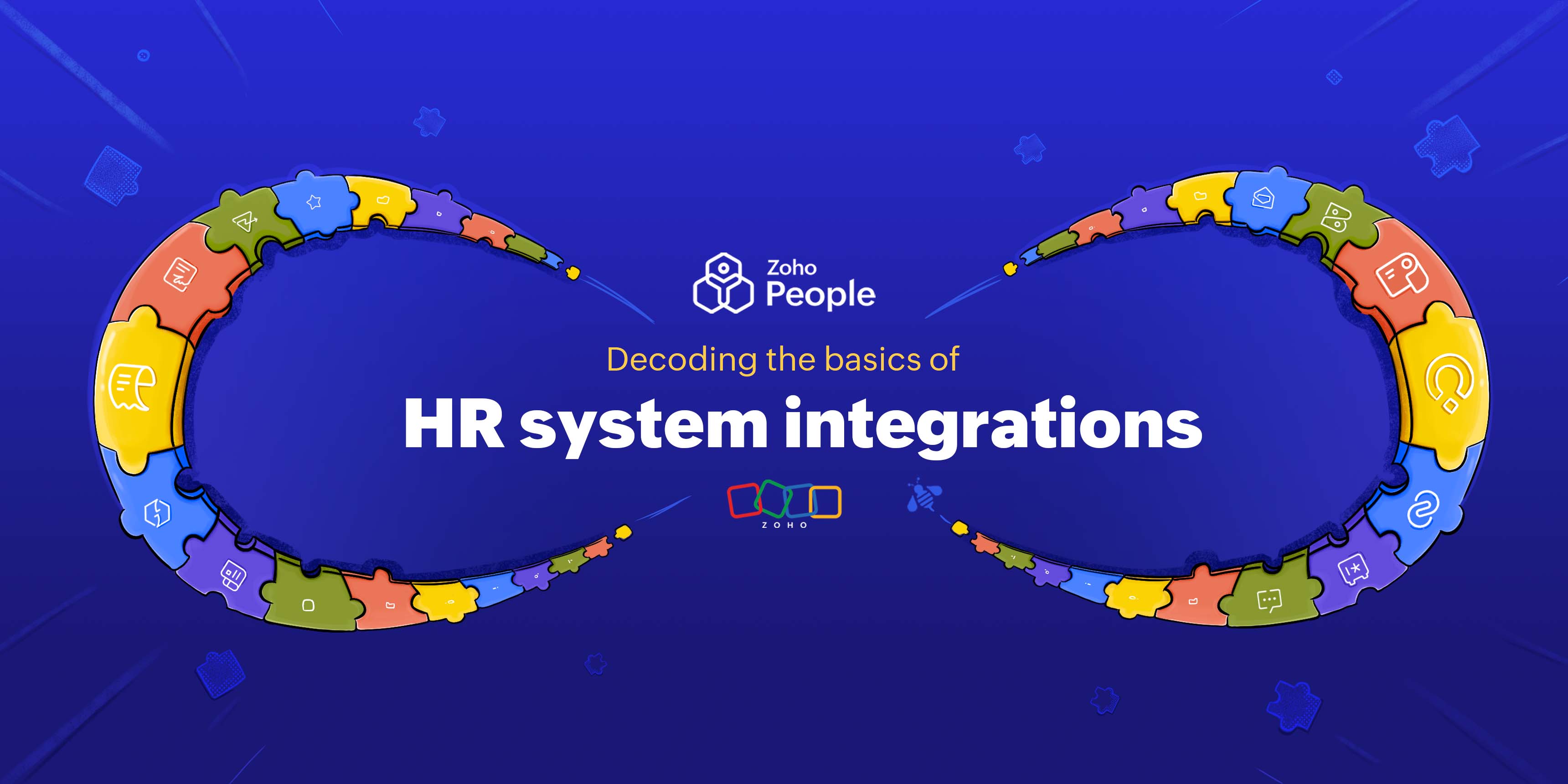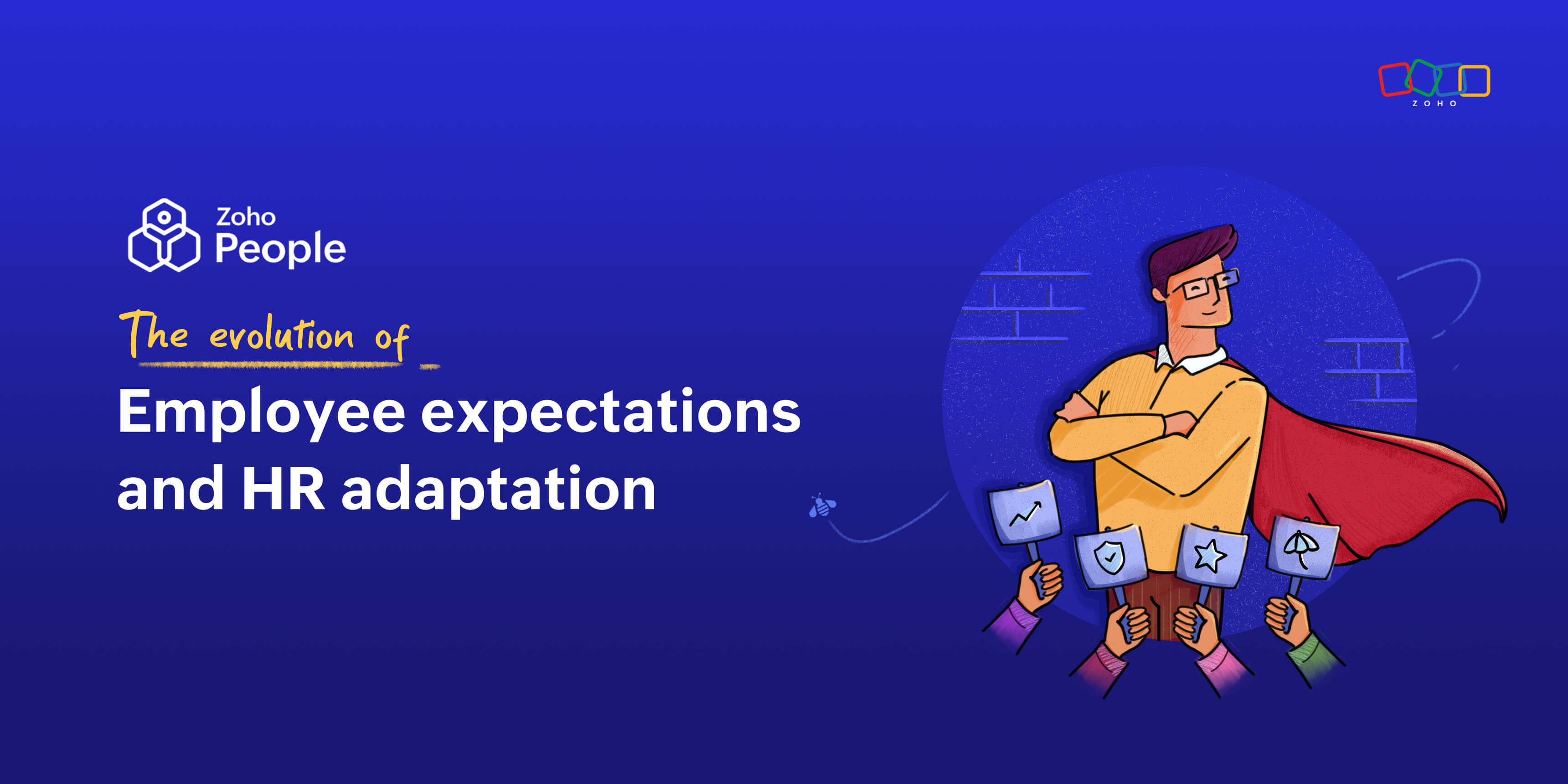- HOME
- HR insights
- Affordable Care Act (ACA): Everything you need to know about it as an employer
Affordable Care Act (ACA): Everything you need to know about it as an employer
- Last Updated : March 27, 2024
- 245 Views
- 5 Min Read

Offering well-being benefits to your employees is the key to keeping them healthy and motivated. Health insurance increases the employee's access to affordable healthcare, which both protects them against medical issues and helps them feel supported by their workplace. It's mandated by US law to offer healthcare benefits to employees under the Affordable Care Act. If you're just getting started as a US-based employer, the breakdown below provides what you need to know about the Affordable Care Act.
What is the Affordable Care Act?
The Affordable Care Act, also known as ACA or "Obamacare," is a healthcare law that was enacted in 2010 to transform the American healthcare system and give more American citizens access to health insurance through reduced costs. Under the ACA, any applicable large employer (ALE) with more than 50 full-time equivalent (FTE) employees must offer healthcare coverage to at least 95% of its employees and their dependents. (Note that the ACA defines full-time employees as those who work for a minimum of 30 hours per week.) Here's a quick guide on how you can calculate FTE to see if the Affordable Care Act applies to your organization.
What are the key features of the Affordable Care Act?
Here are some of the main ACA features to be aware of:
Mandate for each role
Employers: As stated above, all ALEs with more than 50 FTE employees are required to offer health insurance coverage to their employees. Smaller businesses with less than 50 FTE employees are not mandated to offer health insurance coverage to their employees. However, if they do it has to be consistent with the Minimum Essential Coverage outlined in the ACA law.
Employees: Before 2017, as individual citizens, employees were mandated by the ACA to have at least the minimum essential coverage for health insurance. However, this particular penalty term was scrapped by the Tax Cuts and Jobs Act.
Health insurance providers: health insurance providers are supposed to be fair with offering coverage and are not supposed to deny coverage to individuals who have pre-existing conditions. Essential health benefits and preventive health services mentioned in the ACA should be covered in all insurance plans. Additionally, the ACA also sets a limit on the maximum out-of-pocket amount that individuals can spend each year. For 2024, the maximum out-of-pocket limit is $9,450 for individuals and $18,900 for families.
Minimum value
The ACA has a mandatory minimum value that employers have to bear for the total cost of medical services incurred by employees; this provides adequate coverage to individuals and saves them from the financial burden often caused by underinsurance. According to the ACA, the insurance plan offered by employers should cover at least 60% of the total cost incurred by the healthcare services employees use.
Affordability
The Affordable Care Act, as the name suggests, aims to keep health insurance coverage as affordable as possible. According to the affordability value under the ACA, the IRS sets a certain percentage each year that determines the maximum value that employees can pay as their share for the premium of their medical coverage. This is usually a certain percentage of the household income value. For 2024, the percentage is 8.39%. Employers can make use of this figure to determine if their health insurance coverage is affordable for their employees. The IRS has also established safe harbors, including the Federal Poverty Line, W-2 wages, and Rate of Pay that help organizations highlight that their coverage plans are affordable.
Penalty for non-compliance
If an employer has more than 50 FTE employees but does not offer any essential insurance coverage defined by the Affordable Care Act, they will be subject to a penalty. For the 2023 tax year, employers are supposed to pay close to $2,880 per full-time employee, minus the first 30 FTE employees. Similarly, if an employer doesn't bear the minimum value of the insurance plan or doesn't keep it affordable, they have to pay a penalty of $4,320 per FTE employee.
Notice to employees
Under the ACA, employers are expected to notify employees about specific details regarding their health insurance coverage. First, they must offer a summary of the coverage they're providing, including its benefits, limitations, and other details. Any other changes made to the existing coverage should be expressed to employees at least 60 before the change. Further, employers should keep employees informed about the ACA's Health Insurance Marketplace during the time of hiring. Employers also must notify employees about any grandfathered insurance plans included in their coverage (these are the plans that were purchased before the Affordable Care Act came into effect).
What are all the forms involved in the Affordable Care Act?
Form 1094/1095-B (under section 6055)
Form 1095-B is often filed by employers who provide minimum essential coverage to their employees under the ACA. With this form, employers report details such as the names, addresses, and SSNs of employees to whom they're offering health insurance coverage. The 1094-B is a transmittal form that is often filed along with the 1095-B. It requires information such as the name of the employer filing the form, Employer Identification Number, contact details, and number of 1095-B forms filed.
Form 1094/1095-C (Under Section 6056)
Under Form 1095-C, ALEs are mandated to report all the details about the healthcare insurance coverage offered to their employees. It includes employee information, employer information, months for which the coverage applied to employees, and more. It's usually sent to both employees and the IRS. The 1094-C form, like 1094-B, accompanies 1095-C and offers a summary of the total number of 1095-C forms submitted.
Why is the Affordable Care Act important for every organization?
Adhering to the ACA is essential for every ALE for a variety of reasons, and here are a few:
Reassures employees that the organization prioritizes their well-being, which improves morale and productivity
Keeps employees and their dependents healthy
Ensures compliance so the organization avoids ACA-related penalties
Improves employer branding strategies (healthcare coverage is a top benefit that most candidates expect their organization to offer)
What are the pros and cons of the Affordable Care Act?
| Pros | Cons |
Increases American citizens' access to healthcare coverage | May make compliance difficult for organizations with part-time workers who work varied hours | |
Sets clear expectations for employers regarding healthcare coverage | Could be expensive for small and mid-sized organizations | |
Provides tax credits to small businesses offering healthcare coverage to employees | Compliance and reporting needs can place an administrative burden on HR teams | |
Makes it easier for employers to choose the right plan through the Health Insurance Marketplace | Subjects employers to heavy penalties if they fail to understand or follow the terms |
Wrapping up
In short, the Affordable Care Act is a wonderful initiative that aims to expand healthcare coverage among employees for a healthier, more satisfied workforce. Understanding its terms can help organizations ensure and maintain compliance.
Disclaimer: This blog post aims to offer basic information about the Affordable Care Act. Please refer to the U.S. Department of Health and Human Services to understand more detailed information about the Act and its terms that apply to your organization.
 Tarika
TarikaContent Specialist at Zoho People


